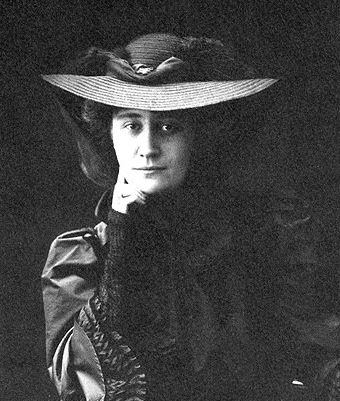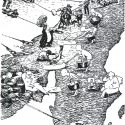Ragnhild Theodore Jølsen was born on a large estate near Oslo and daughter of a factory owner. The family’s bankruptcy and the loss of their estate became a personal trauma and a theme in her writing. She took her middle school exam, received tuition in sculpture and modelling, and worked as a telegraphist before her debut novel Ve’s mor was published in 1903, its sexual boldness causing a sensation among critics. Women’s sexual desires and loss of love and their duty towards family and property are main themes in her works, which move in a grey area between Romanticism and realism and, with their fairy-tale, dream-like, fearful, and melancholic atmosphere, have much in common with art nouveau in the visual arts.
In her later works, Ragnhild Jølsen is like a folk story-teller. The passionate female character gives way to the people of the village and their traditions. Shifting interest from the individual to the collective opens the door to a vigorous outlook on life focusing on the universe of the body. Her humour is bawdy and grotesque, and a feature of the narrative is its tortuous art nouveau character. Her key works are the novels Rikka Gan, 1904, and Hollases Krønike, 1906, and her short story collection Brukshistorier (1907; Eng. tr. Tales of an Industrial Community / Stories from the Factory).



